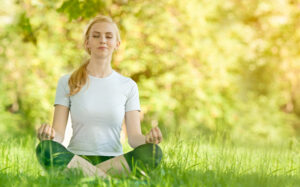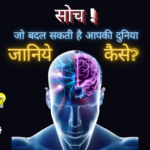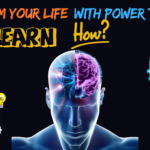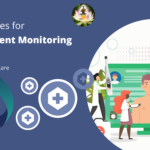Yoga for Pre-School and Post-School Students
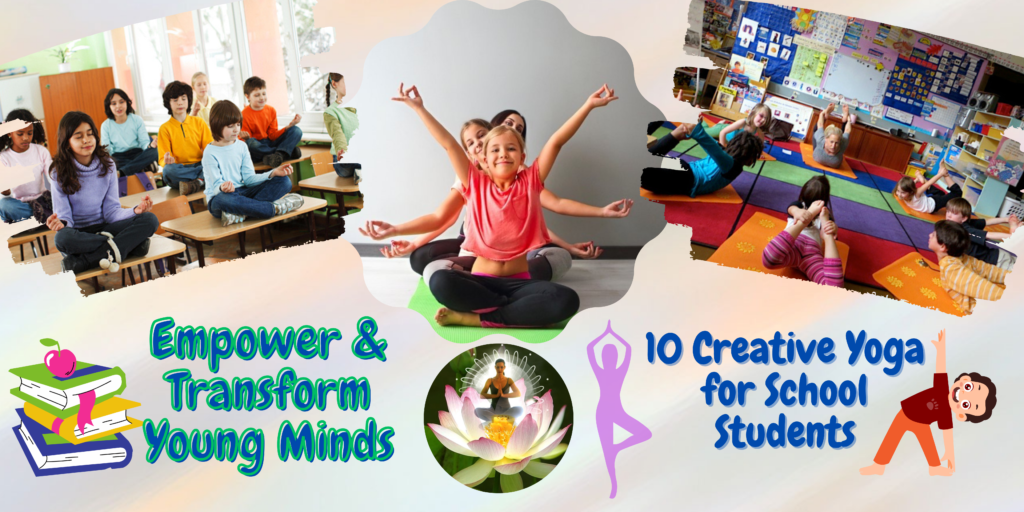
Yoga for Pre-School Students (Early Childhood)
Yoga for Pre-School students is introduced in a playful and age-appropriate manner. It focuses on engaging their imagination, enhancing physical development, and promoting social and emotional well-being. Yoga for pre-school typically involves simple movements, creative poses, and interactive activities that help them connect with their bodies and the world around them. Yoga for pre-school is a way to introduce mindfulness, body awareness, and relaxation in a fun and accessible manner.
Yoga for Post-School Students (Adolescence and Beyond)
Yoga for Post-School students, it takes on a more holistic and intentional role. It’s a practice that goes beyond physical postures to encompass mental, emotional, and spiritual aspects. Yoga for Post-School students is about self-discovery, self-care, and navigating the challenges of adolescence and adulthood. It includes a deeper exploration of yoga philosophy, mindfulness practices, and techniques for managing stress and emotions. Yoga for Post-School students serves as a tool for personal growth, resilience, and overall well-being.
A range of physical, mental, and emotional benefits with yoga for pre-school and post-school students have been summarized into following contents. Incorporating these practices into their routines can contribute to their overall well-being, help them manage the challenges of school life, and promote a healthy lifestyle from a young age.
Below are some detailed techniques of meditation and yoga for pre-school and post-school students:
Yoga for Pre-school Students
Animal Poses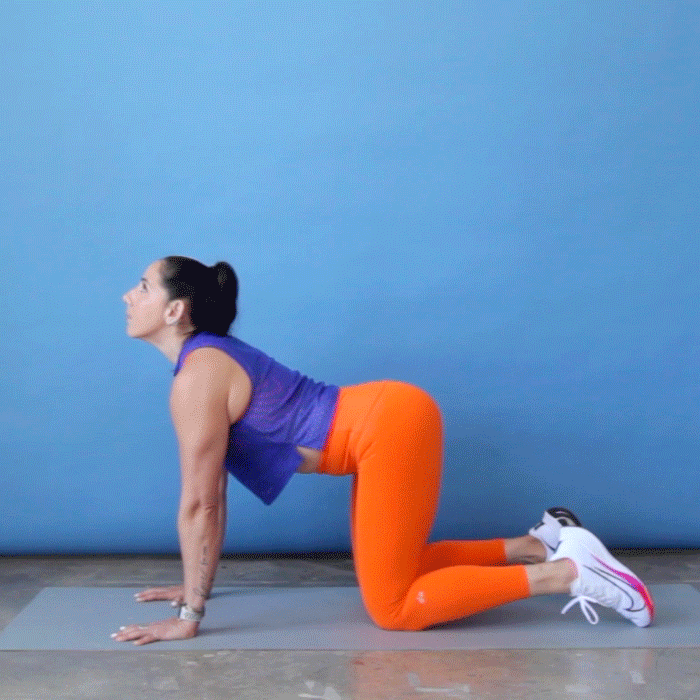
Introduce fun yoga poses inspired by animals. Examples include:
1. Cat-Cow Pose
Have the children come onto their hands and knees. Inhale while arching the back and lifting the head (Cow Pose), and exhale while rounding the back and tucking the chin (Cat Pose).
2. Tree Pose
Encourage children to stand tall like a tree. They can lift one foot and place it on the opposite leg’s inner thigh, finding their balance.
3. Butterfly Pose

Have the children sit with the soles of their feet together and gently flap their knees like butterfly wings.
Benefits
Enhances body awareness, improves flexibility, and encourages creativity and imagination. Teaches children about different animals and their movements.
Breathing Exercises
- Rainbow Breath: Teach kids to take slow, deep breaths while tracing an imaginary rainbow in the air with their hand. Inhale up one side of the rainbow, exhale down the other side.
- Five-Count Breathing: Have children take a deep breath in for a count of five and then exhale for a count of five. Repeat several times to help them regulate their breath.
- Bubble Breathing: Ask the children to sit comfortably and imagine they have a bubble wand. Inhale deeply, and as they exhale, pretend to blow bubbles gently. Encourage them to focus on the visualization and the sensation of their breath.
Benefits
Develops healthy breathing habits, calms the mind, and helps manage emotions. Enhances focus and concentration.
Meditation for Pre-school Students
Nature Meditation: Lead the children in a short guided meditation by asking them to close their eyes and imagine being in a beautiful garden or a serene natural setting. Guide them to notice the sounds, smells, and feelings in their imaginations.
Read More about Meditation @ LinkedIn : 16 health benefits of powerful practice of Game Changer meditation for Boosting Health and Wellness
Yoga for After-school Students
1. Sun Salutations (Surya Namaskar)
Yoga for pre-school and post-school students
Guide students through a modified version of Sun Salutations, incorporating easy-to-follow movements like forward bends, lunges, and stretches.
Benefits: Energizes the body, improves blood circulation, and enhances flexibility. Helps build strength and boosts metabolism.
2. Warrior Poses
Teach them Warrior I and Warrior II poses, which help build strength and stability.
Benefits: Increases stamina and strength, improves balance and focus, and promotes a sense of empowerment. Builds confidence.
3. Cobra Pose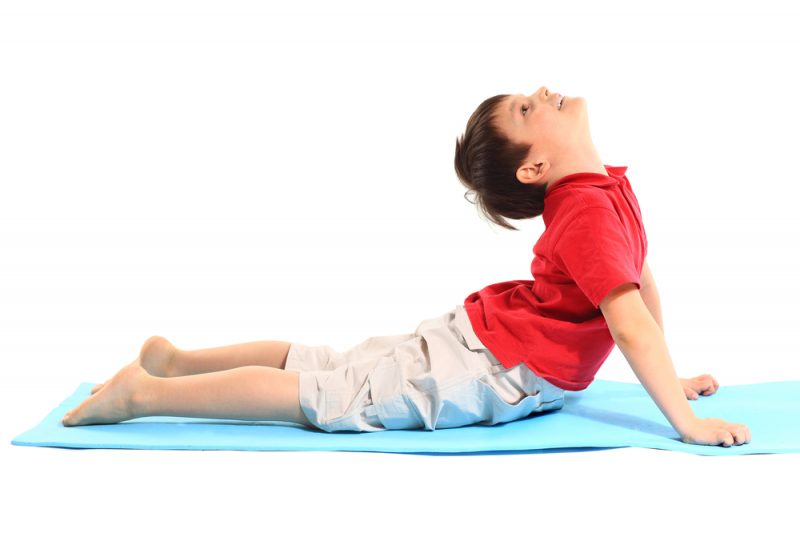
Have them lie on their bellies, place their palms next to their shoulders, and lift their chests to stretch their spines gently.
Benefits: Stretches the spine and abdominal muscles, improves digestion, and helps relieve back tension. Enhances flexibility.
Read More about 22 Incredible Benefits of ‘Legs Up the Wall’ (Viparita Karani) Yoga Pose for Improved Sleep, Blood Circulation, and More!
Meditation for After-school Students
1. Body Scan Meditation
Guide students to lie down comfortably and focus their attention on each part of their body, starting from the toes and slowly moving up to the top of the head. Encourage them to relax each body part as they scan through.
Benefits: Reduces stress and anxiety, enhances self-awareness, and improves emotional regulation. Boosts focus and cognitive skills.
2. Gratitude Meditation
Have students sit quietly and think about things they are grateful for. Encourage them to express gratitude for even the smallest things in their lives.
Benefits: Cultivates a positive mindset, promotes gratitude and empathy, and enhances overall well-being. Encourages a sense of contentment.
3. Breath Counting Meditation
Instruct them to sit comfortably and count their breaths. Tell them to count “1” on the inhale, “2” on the exhale, and so on, up to a count of 10. If their mind wanders, they can start counting again from one.
Benefits: Enhances breath awareness, calms the mind, and improves concentration. Teaches self-regulation of emotions.
Make sure the sessions are enjoyable, age-appropriate, and not too long, as young children may have shorter attention spans. Engage them with creative stories, visuals, or simple props to make the experience interactive and memorable. Always create a positive and supportive environment to foster their love for meditation and yoga for pre-school and post-school students.
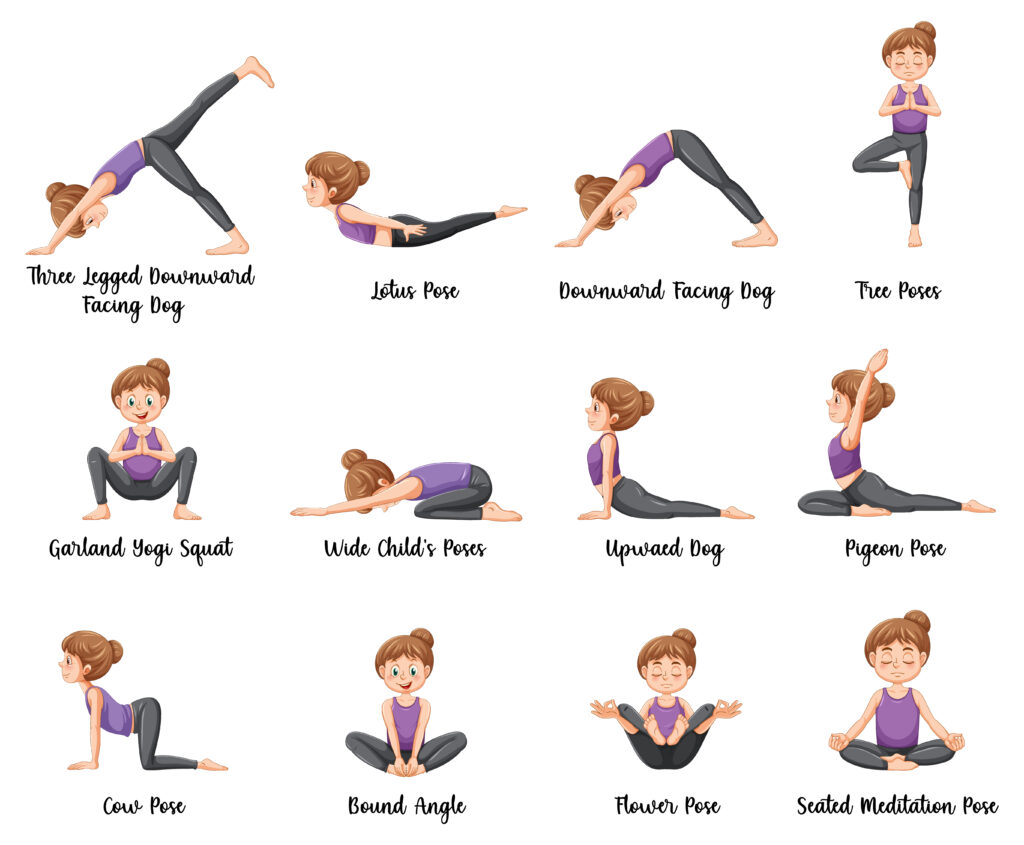
Desk Yoga for Pre-School and Post-School Students
“Desk Yoga” refers to simple yoga exercises (Yoga for pre-school and post-school students) and stretches that can be done while sitting at a desk or a chair. These practices are designed to release tension, improve posture, and provide a quick and effective way to relax during study (Yoga for pre-school and post-school students) or work hours.
Show students easy yoga (Yoga for pre-school and post-school students) exercises that they can do while sitting at their desks, promoting better posture and reducing stiffness.
Benefits: Reduces stiffness from sitting, improves posture, and relieves tension in muscles. Increases energy and focus during study hours.
Here are some different types of Desk Yoga poses (Yoga for pre-school and post-school students) along with their explanations and benefits:
1. Seated Spinal Twist (Ardha Matsyendrasana)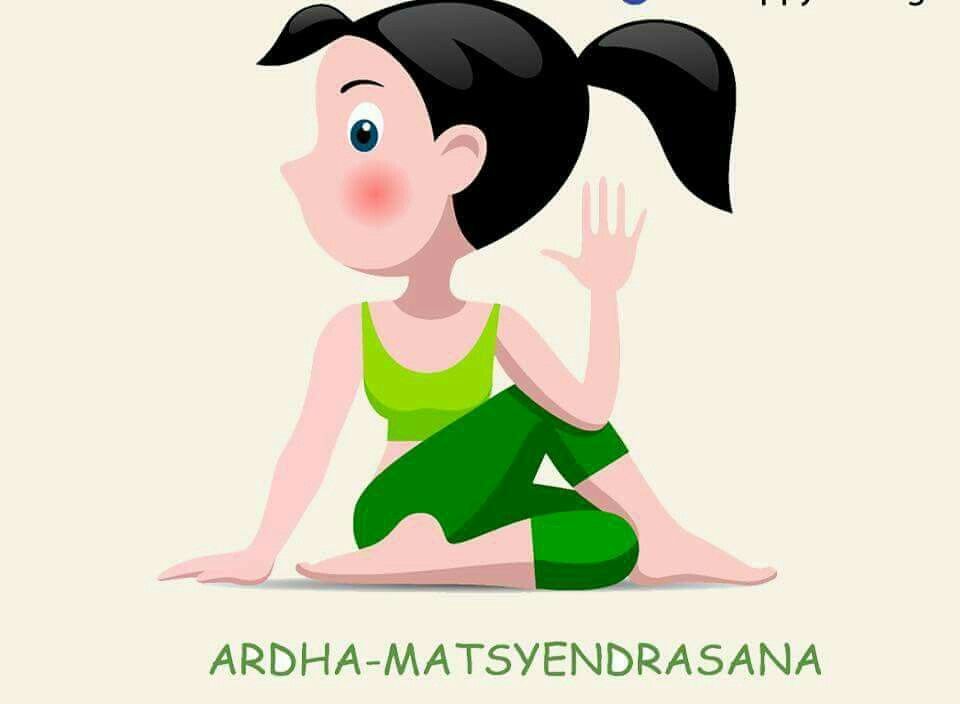
- Sit up straight with your feet flat on the floor and hands on your thighs.
- Inhale, lengthen your spine, and exhale as you twist to the right, placing your left hand on the outside of your right thigh and your right hand behind you on the chair.
- Hold for a few breaths, feeling the stretch along your spine. Repeat on the other side.
Benefits:
This pose helps improve spinal flexibility, releases tension in the back and neck, and stimulates digestion.
2. Seated Forward Bend (Paschimottanasana)
- Sit at the edge of your chair, with your feet hip-width apart.
- Inhale, lengthen your spine, and exhale as you hinge at your hips, reaching your hands towards your feet or the floor.
- Hold the stretch for a few breaths, feeling the stretch along your hamstrings and lower back.
Benefits
This pose helps relieve tension in the lower back, stretches the hamstrings, and calms the mind.
3. Neck Stretches
- Sit up straight and slowly drop your right ear towards your right shoulder, feeling the stretch along the left side of your neck. Hold for a few breaths.
- Bring your head back to the center and repeat on the other side.
Benefits
Neck stretches help release tension in the neck and shoulder area, reducing stiffness caused by long periods of sitting.
4. Seated Cat-Cow Stretch
- Sit with your hands on your knees. Inhale, arch your back, and lift your chest (Cow Pose).
- Exhale, round your back, and tuck your chin towards your chest (Cat Pose).
Repeat the movement with your breath for a few rounds.
Benefits
This stretch improves spine flexibility, enhances posture, and releases tension in the back.
5. Seated Ankle-to-Knee Stretch
- Sit with your feet flat on the floor. Cross your right ankle over your left knee, creating a figure four shape.
- Gently press your right knee towards the floor, feeling a stretch in your right hip. Hold for a few breaths.
- Repeat on the other side.
Benefits
This stretch opens the hips and helps alleviate tightness in the hip area from prolonged sitting.
6. Seated Shoulder Opener
- Sit with your feet flat on the floor and your hands resting on your thighs.
- Interlace your fingers behind your back and straighten your arms while lifting your chest and squeezing your shoulder blades together.
- Hold the position for a few breaths.
Benefits
This stretch helps improve shoulder mobility and counteracts the rounded shoulder posture often associated with desk work.
7. Wrist Stretches
- Extend your arms in front of you with your palms facing down.
- Gently bend your right wrist, pointing your fingers toward the floor, and use your left hand to apply slight pressure to deepen the stretch.
- Repeat on the other side.
Benefits
Wrist stretches help prevent wrist pain and discomfort caused by typing or using a computer mouse.
8. Seated Breath Awareness
- Take a moment to sit comfortably with your eyes closed. Focus on your breath as it flows in and out naturally.
- Observe the rhythm of your breath without trying to change it. You can count the inhales and exhales to stay focused.
Benefits
Practicing breath awareness helps to reduce stress, improve concentration, and bring a sense of calm and clarity to the mind.
Desk Yoga (Yoga for pre-school and post-school students) can be integrated seamlessly into a student’s daily routine, providing them with an opportunity to take short breaks and rejuvenate their mind and body during long study sessions. Encourage students to practice these Desk Yoga poses (Yoga for pre-school and post-school students) regularly for better physical and mental well-being, especially during intense study periods or when they spend prolonged hours sitting at their desks.
